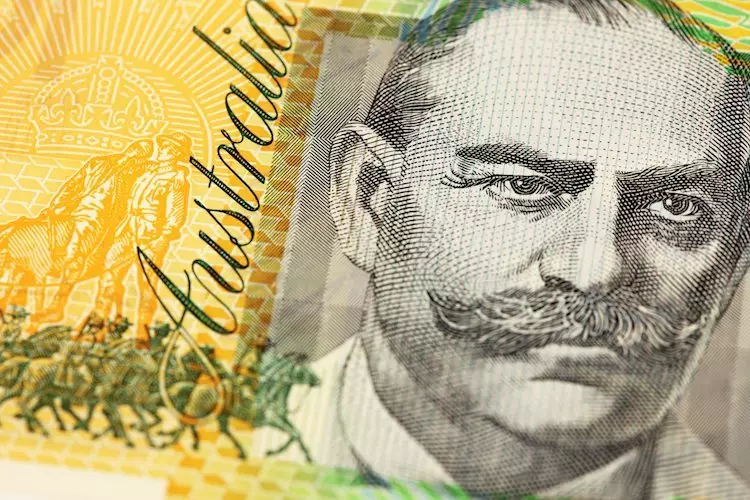The AUD/USD pair saw a rise of 0.40% during the recent session, reaching levels around 0.6950. This increase can be attributed to the hawkish stance maintained by Reserve Bank of Australia’s (RBA) Governor Michele Bullock. Her comments emphasized vigilance toward potential inflation risks, stating that it is premature to consider any rate cuts at the moment. Despite the mixed economic forecast and rising inflation in Australia, the RBA’s commitment to maintaining its policy rate has led to market expectations of only a 25-basis-point easing by 2024, sparking interest in the Aussie.
Another factor contributing to the strengthening of the Australian Dollar is the weakened US Dollar. Mixed sentiment data from the United States along with weak housing market figures have led to a decline in the USD. As monetary policies between the two countries diverge, it is likely that the AUD/USD pair may see further upside.
From a technical standpoint, the AUD/USD pair has displayed significant volatility recently, with slight bullish momentum prevailing. The Moving Average Convergence Divergence (MACD) indicator confirms this bias with rising green bars. Additionally, the Relative Strength Index (RSI) is hovering around 50, pointing upwards and providing a bullish signal. Key support levels for the pair are identified at 0.6600-0.6630, with resistance expected near the 0.6650 region. Any breakout in either direction could indicate a potential shift in market sentiment.
The RBA plays a crucial role in setting interest rates and managing monetary policy in Australia. With a primary mandate to maintain price stability and contribute to currency stability, full employment, and overall economic prosperity, the RBA employs various tools such as adjusting interest rates, quantitative easing, and tightening to achieve its goals. In the case of Australia, higher interest rates typically lead to a stronger Aussie Dollar.
Macroeconomic indicators, including GDP growth, Manufacturing and Services PMIs, employment figures, and consumer sentiment surveys, play a significant role in shaping the value of a currency. A robust economy may prompt the RBA to raise interest rates, thereby supporting the Australian Dollar. Investors tend to favor economies that demonstrate growth and stability, leading to increased capital inflows and a higher demand for the domestic currency.
In extreme economic conditions, the RBA may resort to quantitative easing (QE) to stimulate credit flow by purchasing assets from financial institutions. This process, aimed at providing liquidity, often results in a weaker AUD. Conversely, quantitative tightening (QT) occurs during economic recovery phases when inflation is on the rise. The RBA gradually reduces its asset purchase activities, potentially leading to a stronger Australian Dollar.
The recent increase in the AUD/USD pair can be attributed to a combination of factors, including the hawkish stance of RBA Governor Michele Bullock, a weakened US Dollar, and positive technical indicators favoring bullish momentum. As the RBA continues to navigate economic challenges and maintain stability, the Australian Dollar is likely to be influenced by market sentiment, macroeconomic data, and central bank policies. Investors and traders should monitor these factors closely to make informed decisions in the forex market.

